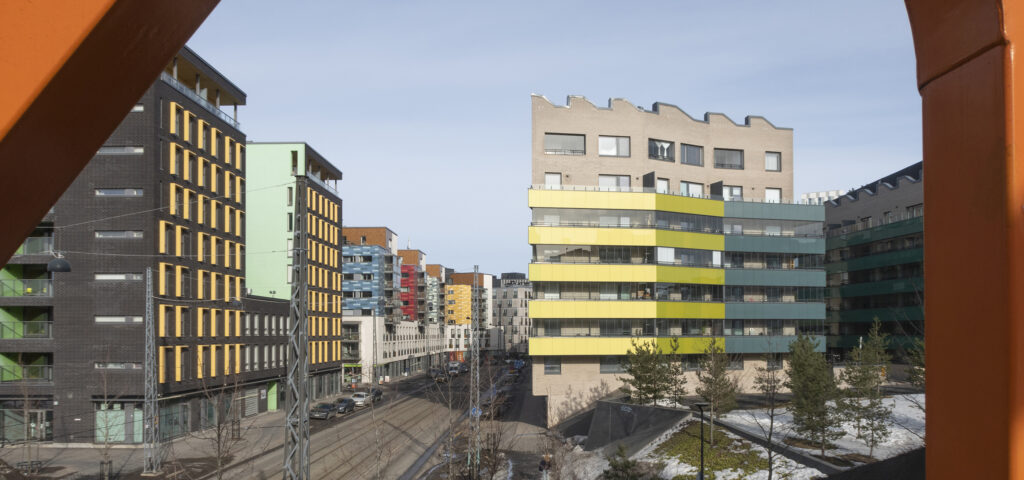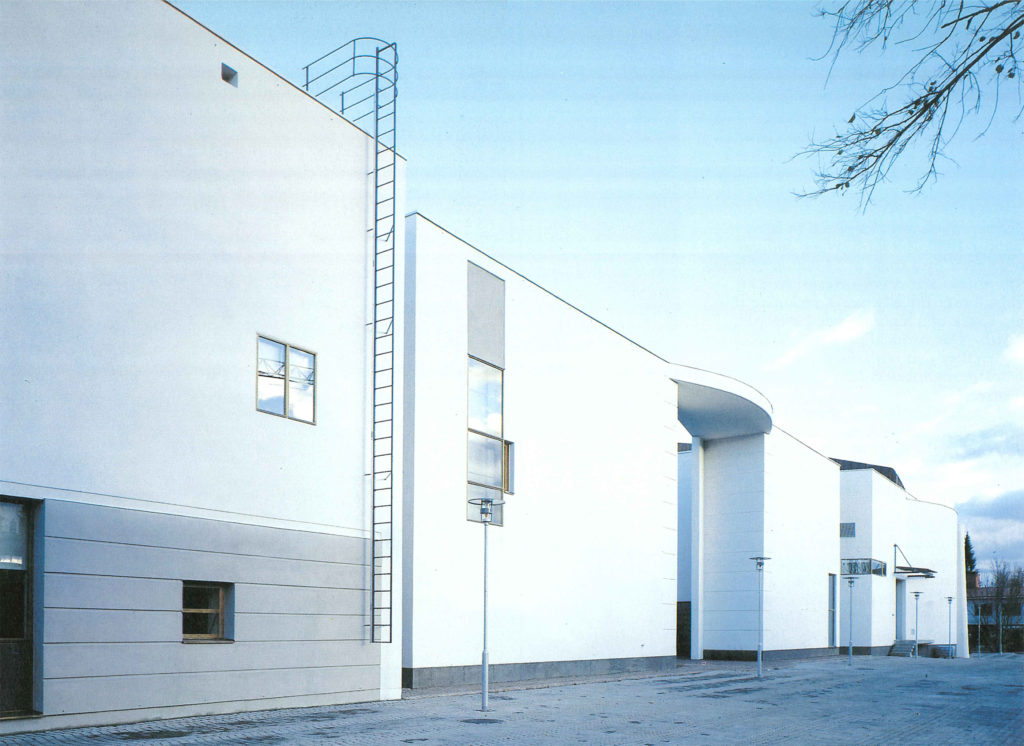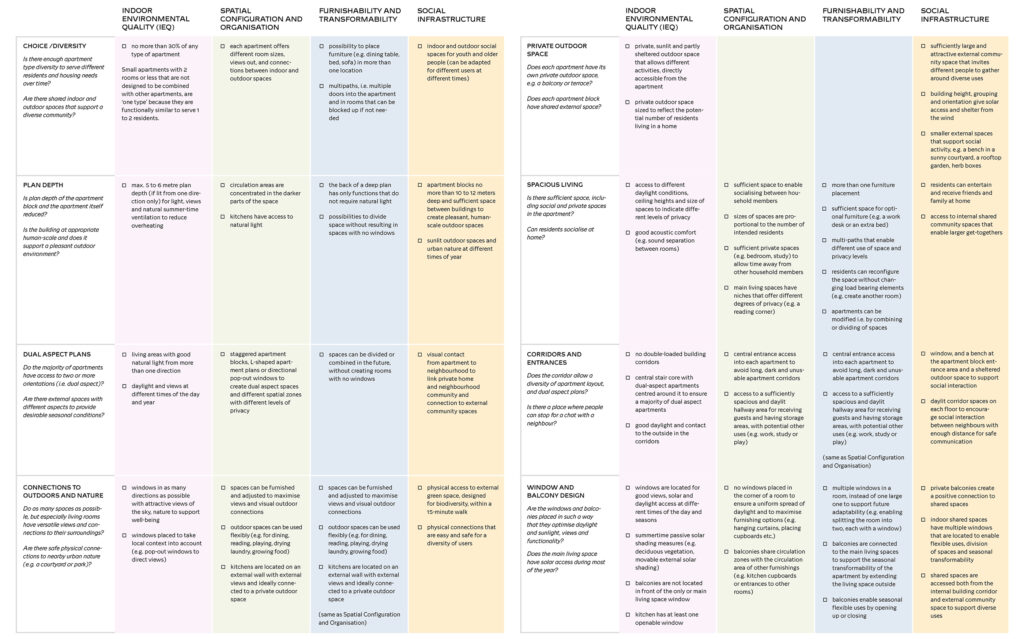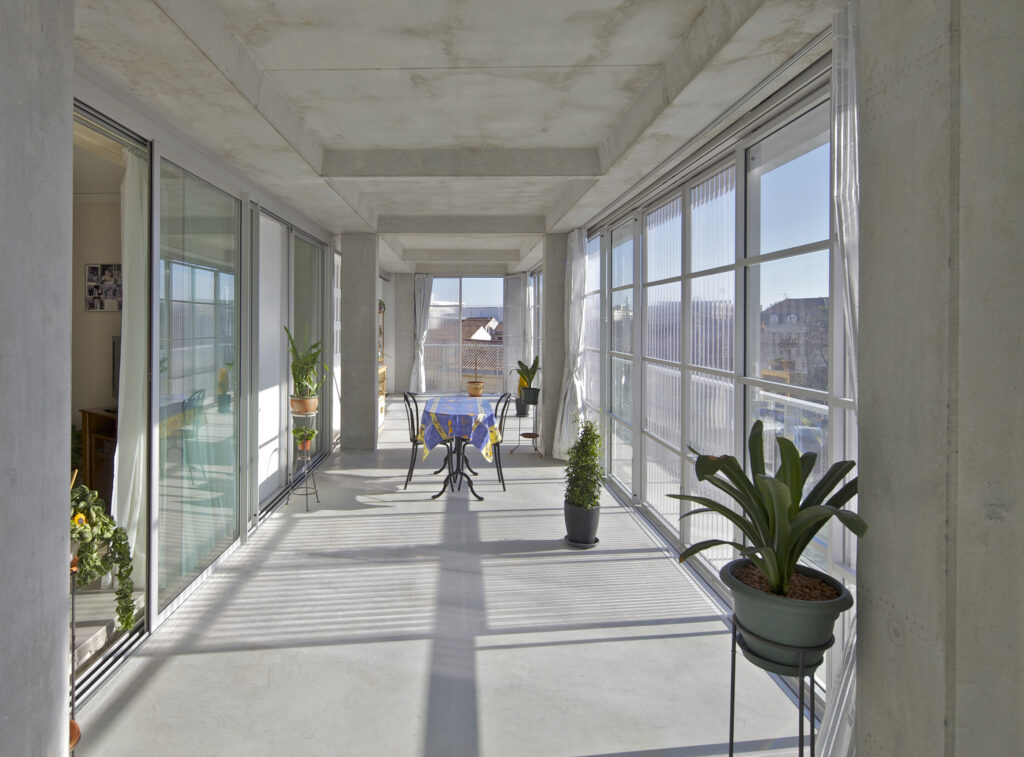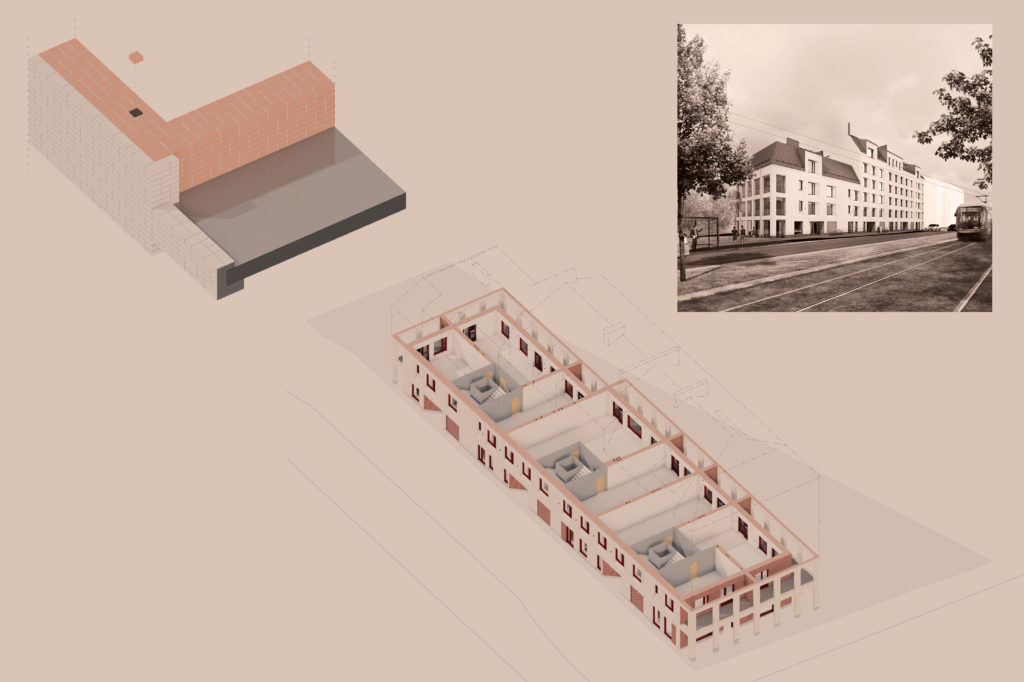The Rare, the Outstanding and the Everyday Grey

Bottom row: 5) Esko Hyvärinen: Tunturi Daycare Centre 1982. Photo: Markus Leppo 6) Erkki Karvinen: Suursuo SHopping Centre 1962, demolished 2015. Photo: Jaana Maijala 7) Ilpo Hälvä: Kuohukuja Shopping Centre 1972. Photo: Antti Yrjönen 8) Jalmari Peltonen: Pakila School 1939. Photo: Constantin Grünberg
Uniqueness or rarity most often determines what kind of buildings are highlighted in architecture and what is, in the end, protected. What will happen to those commonplace environments that do not fulfil either of the criteria?
A museum building, constructed as a result of an architectural competition, is mentioned dozens of times in international papers during its opening week. People form a social movement to protest against the plans to demolish a wooden villa. At the same time, people’s attitudes towards the demolition of the local daycare centre, or a demolition and infill development in their residential area, are rather positive. Why do both the professionals and the public have different attitudes towards different buildings?
The awarded buildings and projects presented in publications become the elite of architecture, and the older building stock that has become rare is often identified as built heritage. Hence, appreciation and a will to protect primarily concern unique and rare buildings.
However, these kinds of buildings are a very narrow sample of our versatile building stock. Most of them are prone to demolition. The nature sets a limit for the consumption of materials, and we can no longer renew our building stock every third decade. We should consider the effects of our values and appreciations on the preservation of buildings, and discuss the transformation of building protection and architectural ideals in this era, determined by environmental crises.
Time Determines the Heritage Value
The Act on the Protection of the Built Heritage (2010) is applied to the protection of the Finnish built heritage. The building preservation applies to the building stock, recognised as shared cultural heritage, i.e. built heritage. The aim of building preservation is to prevent building demolition and to maintain the values related to them. This process is conducted to ensure the use of sufficient built heritage expertise during the transformation process, important for a building per se. The aim of the Act on the Protection of the Built Heritage has been to assess the quality features of the built heritage in an analytical and comparable manner. The significance of a built object is assessed by using criteria of rarity, typicality, representativeness, originality, authenticity and stratification. Age seems to increase the effectiveness of all value criteria.
Regardless of the analytical and scientific matters of the built heritage evaluation process, the assessments and appreciations evolve over the course of time. In order to be valid, a built heritage process often requires a sufficient temporal and cultural distance to the time a building was created. The building is identified as built heritage after a trial period, which roughly takes a couple of generations.
At the same time as a temporal distance helps us to identify values, history also accumulates human experiences and stories in a building, making it more approachable. According to the legal criteria, the most valuable built heritage site is an exceptional and authentic building or built environment which vividly refers to major phenomena.

Something Unforeseen
In the case of contemporary architecture, the buildings are preserved as well, but the evaluation process differs from that of the built heritage. The decisive difference lies in its position with time. The built heritage represents the past, while contemporary architecture stands for something unforeseen, novel and creative. Distinctive architecture must be identified quickly in order to launch it in publications and connect the new ideas to their designers before the wider spread. Consequently, the slow built heritage process is not suitable for the valuation of contemporary architecture.
Accordingly, the evaluation of contemporary architecture is based on a certain kind of canonisation process. In this process, status is created and verified by repeated mentions in the key media. A value is determined by colleagues and juries, not by users and the authorities, and verified by various publications, awards and mentions in educational contexts. The process is sped up by the fact that good architecture can be expected from certain actors and architects’ offices.
Architectural competitions in which the competitors use pseudonyms are a shortcut to the canon of architecture. In competitions, the assessment process is standardised and sped up, as the architectural quality of the designs is assessed before the execution. Buildings erected via architectural competitions are often considered as validated architecture. Apparently, this is based on the idea that the values of contemporary architecture – i.e. the attributes of being ground-breaking and artistically timeless – are abstract.

Bottom row: 5) Aino Tandefelt-Laurila: Kontula Shopping Centre 1967. Photo: Eeva Rista SER 6) Ilmo Valjakka: Computing centre of Kansallis-Osake-Pankki 1974, partly demolished 2021. Photo: Yehia Eweis 7) Hirvo Tyynilä: Vantaan kauppalantalo 1974, demolished 2020. 8) Osmo Lappo: Kulosaari School 1966, demolished 2011. Photo: Matti Huuhka
The Forgotten and the Problematic
One could say – to put it in a pointed way – that built heritage is determined by age and contemporary architecture is determined by its novelty value. The profession is also, to an increasing extent, worried about that part of the existing building stock that does not belong to either of the esteemed categories. This basic architecture is typically practical, composing a decent everyday environment. In Finland, everyday buildings are often younger than 50 years, designed by architects but not necessarily called architecture. This group includes highly diverse building types, ranging from summer cottages to health centres and from shopping centres to hotels. Most typically, these buildings are determined by their use value and, in some cases, by the affection of the users.
One of the characteristics of basic architecture is also the fact that it often forms large entities. Individual buildings and areas that have been implemented on the basis of local detailed plans may have been acknowledged as commendable designs at their time, but the new fashion trends, the need for the renovation of the ageing buildings, or the infill development pressure have made them look impractical, extravagant or rundown. Basic architecture has been designed and executed in cooperation between various professionals, under strict legal regulation. It has been assembled by using prefabricated building components and processed materials, and it has been connected to various technical installation networks. From the perspective of preservation, this building stock is often in a weak position.
However, a sustainable society must also be interested in these everyday constructions. What we do with the most typical building stock is critically important for the sustainability of the environment. In addition, the continuous expansion of our conception of the built heritage predicts that, in the future, we will also see value in buildings the value of which we do not yet fully recognise. Buildings that are “decent” at their time, can, over the course of time, be preserved, but only if we maintain them and give time for the identification of their special features. This way, it would be justifiable to trust that principally, each already constructed building has the right to exist.

From Protection to Preservation
In the assessment of a building stock, the emphasis laid on rarity and uniqueness should be examined in a critical manner, particularly when it is used as an excuse for ignoring the preservation potential of a more ordinary building stock. We should also study the relationship between our values and time – the relationship of contemporary architecture with the novelty, as well as the relationship of built heritage with age. Currently, there is, too often, a long middle age between “newness” and “old age”, during which a building is an “outlaw” and is chiefly regarded as problematic. The blindness to this passing phase causes irreparable cultural and material losses.
The large group of decent buildings should be placed in a more extensive category of “saved” buildings. This kind of wider conception of the built heritage provides more room for renovation: not all saved buildings need to be conserved in the same way as rarities. However, preservation still needs a top category, in which buildings are placed by using criteria that deal with both built heritage and top architecture. The buildings to be preserved are only chosen under special grounds and protected as examples of their eras. Their carefully studied toolbox for preservation, conservation, maintenance, and sometimes repurposing and transformation, can be models for other, more modest buildings.
Renovation and preservation are becoming more versatile and mainstream, which will also change the profession of architects: most of the work will be carried out within varied renovation and conversion projects. Searching for new uses, as well as the relocation and creative combination of functions, will be connected more closely to the work of architects.
Along with the extending building stock that is to be preserved, the tools for renovation could be made more versatile and basic architecture could be modified more extensively than rarities. In design work, it would be possible, for instance, to cherish unused space in floor plans and aim at minimal intervention in order to reduce material losses.
The paradigm shift towards a more versatile and widespread building repair practice transfers ideological and methodological responsibility from authorities to designers. At the same time, this change should also be seen in the design of new architecture: instead of the novel and the unforeseen, architecture should aspire for timelessness, convertibility and recyclability. In new construction, the new values regarding the foreseeing that deals with renovation, fixability and circular economy would be emphasised. ↙
IIDA KALAKOSKI
Architect, university instructor and researcher specialised in the management of built heritage, who thinks that the climate crisis and expanding knowledge on the architectural heritage challenge us to examine the concepts of preservation and renovation anew.
RIINA SIRÉN
Architect and building conservator. Thinks that the road to a diverse environment is paved with simple construction methods.
Photos used in this article are from archives of City Museums in Helsinki, Espoo and Vantaa, and Finnish Heritage Agency.


